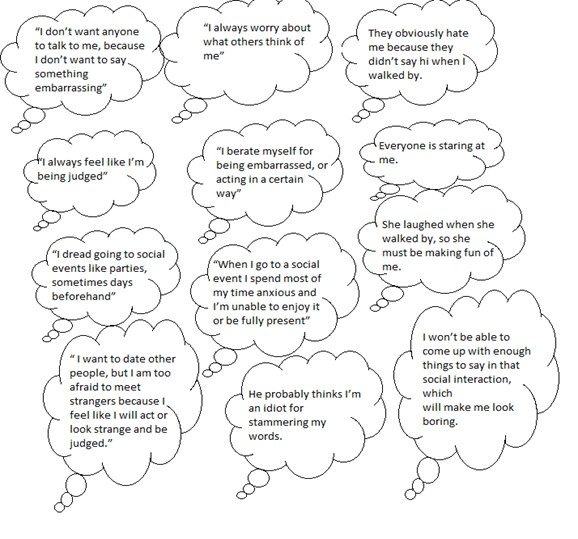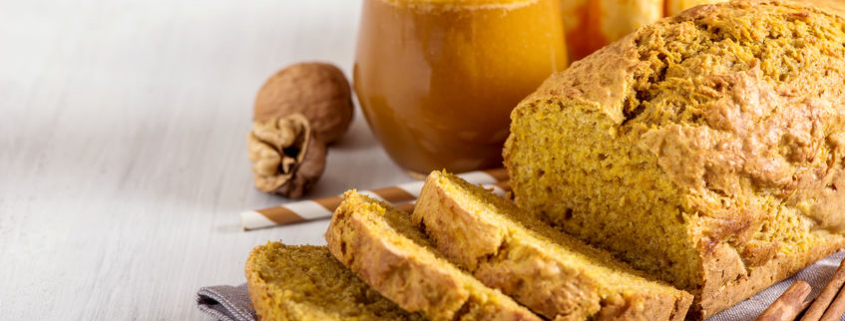Tis’ the Season – When is a Cold Not a Cold?
By Dr. Patty Avila, Pediatrician
It is that time of year again! The busy time of year when everyone is preparing for the holidays is also when children are getting more colds and other respiratory illnesses. These are the most common type of illness that children will see their doctor for, and it is important to recognize when to worry or not. Most of these will be simple colds and resolve on their own, but there are some that can be serious.
The Common Cold; also called an Upper Respiratory Infection.
The common cold is caused by several different viruses and is the most common of all the respiratory illnesses. In the 1st 2 years most children will have about 3 to 5 colds per year. Older school age children and children in daycare can get sick even more often, because they are exposed to others. Fortunately, most of these are just colds and will go away on their own and not lead to anything worse.
Symptoms of the Common Cold:
- Low fevers (101-102 degrees F).
- Runny nose, nasal congestion comma and sneezing.
- Sore throat.
- Cough.
- Not eating well.
- Fussiness.
Most children will be better after 7 to 10 days of illness, but some may take up to 10 to 14 days to get better.
When to worry with the common cold:
Most children will not need to see their doctor with a common cold or upper respiratory infection. Infants younger than 3 months should see their pediatrician because they are at higher risk of getting very sick.
See your doctor immediately if your child or infant is having:
- Trouble breathing or fast breathing – using their muscles in between their ribs to breathe or the openings of the nose get larger with every breath.
- Nails or lips turn blue.
- The symptoms are lasting longer than 10 to 14 days.
- Dehydration or not drinking well and not urinating well.
- Child/infant is too sleepy or very fussy and not consolable.
- Ear pain or any other concerns for child/infant not improving or getting worse.
Antibiotics do not treat the common cold since it is caused by a virus.
Supportive care includes:
- Increased fluids.
- Use of pain/fever medication such as acetaminophen or ibuprofen.
- Nasal saline with suctioning for congestion.
- Honey for cough in a child OLDER than 1 year (NEVER given an infant <1 year of age honey).
- Use of a humidifier may provide relief.
The Flu; sometimes called Influenza.
The flu is also caused by respiratory viruses called influenza and can present very similar to the common cold. Children with the flu feel much worse and are sicker than with the common cold. The flu can have very serious complications including need for hospitalization and sometimes death.
Symptoms of the Flu:
- Rapid onset of high Fevers (above 101 degrees F), chills.
- Headaches, body aches.
- Runny nose, nasal congestion.
- Chest pain and cough.
- Sore throat.
- Poor appetite.
- Feeling tired and weak.
Most children will get better after 2 weeks. Fevers from the flu can last up to 5 to 7 days.
See your doctor immediately if your child or infant is having:
- Trouble breathing or fast breathing – using their muscles in between their ribs to breathe or the openings of the nose get larger with every breath.
- Nails or lips turn blue.
- Dehydration or not drinking well and not urinating well.
- Child/infant is too sleepy or very fussy and not consolable.
- Ear pain or any other concerns for child/infant not improving or getting worse.
Young children and infants as well as children with high-risk medical conditions should see their pediatrician as soon as possible. These high-risk medical conditions include:
- Heart defects.
- Chronic lung issues.
- Asthma.
- Low immune system.
- Diabetes.
- Cancers.
Supportive care includes:
- Increased fluids.
- Use of pain/fever medication such as acetaminophen or ibuprofen.
- Nasal saline with suctioning for congestion.
- Honey for cough in a child OLDER than 1 year (NEVER given an infant <1 year of age honey).
- Use of humidifier may provide relief.
Outside of supportive care, there is an antiviral medication called Tamiflu which may be indicated and started if the flu is diagnosed within the first one to 2 days.
Bronchiolitis.
Bronchiolitis is another respiratory illness that can be commonly seen during the winter months. There are several viruses that can cause this illness but RSV, also known as Respiratory Syncytial Virus, is the most common. RSV is an infection that will affect almost all children at least once before they turn 2 years old. It usually starts as a cold and is followed by lower respiratory symptoms around 3 to 5 days of the illness. For some children the illness can be severe, especially younger infants, preemies, and those with heart or lung defects.
Symptoms of Bronchiolitis:
- Cold symptoms with fevers, runny nose, nasal congestion, and cough.
- Fussiness.
- Poor Feeding.
- Wheezing.
- Difficulty breathing.
See your doctor immediately if your child or infant is having:
- Trouble breathing or fast breathing – using their muscles in between their ribs to breathe or the openings of the nose get larger with every breath.
- Nails or lips turn blue.
- Dehydration or not drinking well and not urinating well.
- Child/infant is too sleepy or very fussy and not consolable.
- Ear pain or any other concerns for child/infant not improving or getting worse.
Supportive care includes:
- Increase fluids.
- Use of pain/fever medication such as acetaminophen or ibuprofen.
- Nasal saline with suctioning for congestion.
- Honey for cough in a child OLDER than 1 year (NEVER given an infant <1 year of age honey).
- Use of humidifier may provide relief.
For infants who are high risk there is an injection that is given monthly during the winter months called Synagis that can decrease the risk of severe RSV infection.
Croup.
Croup is a common respiratory illness during the Fall and Winter months and is usually seen in infants and young children – children younger than 5 year of age. It is caused by several different viruses including the flu virus and some cold viruses. The illness is characterized by swelling of the upper airways including the voice box (larynx) and the windpipe (trachea). Symptoms from Croup are usually worse at the beginning of the illness.
Symptoms of Croup:
- Fevers which can be low grade or high.
- Cold symptoms with runny nose and nasal congestion.
- Hoarseness of voice.
- Barky or “seal like” cough.
- Noisy breathing when breathing in – stridor.
The swelling of the airway can sometimes be severe and need immediate medical attention.
See your doctor immediately if your child or infant is having:
- Trouble breathing – struggles to catch their breath.
- Noisy breathing that is getting louder and child/infant appears to struggle to breathe.
- Cannot talk because of difficulty breathing.
- Lips/mouth or nails turn blue.
- Drooling and not able to swallow saliva.
- Dehydration or not drinking well and not urinating well.
- Child/infant is too sleepy or very fussy and not consolable.
Steroids can decrease the swelling and can be given by mouth, injection, or in a breathing treatment. If given early can help decrease the need for hospitalization and improve breathing. There are breathing treatments with epinephrine that can be given as well in severe cases, but these will require careful observation in the Emergency Department or Hospital setting.
Use of cold moist air can help improve mild symptoms as well and can be used at home with a cool mist humidifier.
PREVENTION TIPS
- For all respiratory infections, the best form of prevention is to avoid exposing infants/young children to people who are sick or crowded situations.
- Breastfeeding infants as long as possible (at least 6-12 months) is also an important way to help prevent and fight infections because breastmilk provides antibodies.
- Practicing and teaching children good hand hygiene is key.
- Use soap and water and scrub for at least 20 seconds (singing the ABCs). Another option is the use of an alcohol-based hand rub if hands are not visibly soiled.
- Teach children to cover their coughs and sneezes properly by using a tissue or coughing in their arm rather their hands.
- Keep children home from daycare or school when they are sick to avoid spreading the illness.
- Eating a healthy balanced diet high in fruits and vegetables can help boost the immune system and help decrease the chances of getting sick.
At NOAH, we’re here for you. If you have any questions for your child’s pediatrician, give us a call at 480-882-4545. You can also send a message to your pediatrician via your child’s MyChart account.





